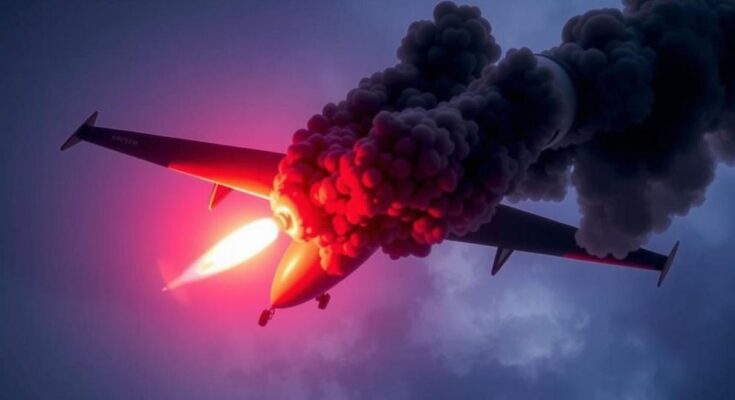Azerbaijani passenger jet crash, suspected caused by Russian missile; 38 dead, investigation ongoing, claims from Azerbaijani and US officials implicate Russian air defense systems, caution urged against premature conclusions.
Recent events have seen a tragic crash of an Azerbaijani passenger jet, which is believed to have been caused by a Russian surface-to-air missile, according to claims from Azerbaijani and US officials. The plane, an Embraer 190, departed from Baku but veered off course near Aktau, Kazakhstan, where it ultimately crashed, resulting in the deaths of 38 individuals among the 67 people on board. Initial investigations have pointed towards the possibility that the plane was accidentally downed by Russian air defense systems in an area reported to have Ukrainian drone activity.
Investigators recovered two black boxes from the crash site, while pro-government sources in Azerbaijan indicated that a missile fired from a Pantsir-S air defense system may have struck the aircraft. Eyewitness accounts from survivors suggested the impact of the missile caused “shrapnel hit the passengers and cabin crew as it exploded next to the aircraft mid-flight.” Meanwhile, Kremlin spokesman Dmitry Peskov urged for caution against forming hypotheses prior to official conclusions being made. Amidst the national mourning declared by Azerbaijani President Ilham Aliyev, stories of survival and grief emerged, underscoring the human tragedy inherent in this incident.
The incident involving the Azerbaijani passenger plane has highlighted tensions in the region stemming from the ongoing conflict related to Ukraine and the involvement of Russian military systems. This has raised international concerns about safety in air travel over contentious territories, especially given the historical context of missile strikes in similar scenarios. The recent crash and its speculated cause reflect the complex geopolitical landscape that affects air navigation and regional stability. The Azerbaijan Airlines flight was reportedly destined for Grozny, yet it deviated significantly from its intended route, leading to questions surrounding the pilot’s decision-making and adherence to flight protocols in potentially hazardous airspace.
In summary, the crash of the Azerbaijani passenger jet has raised significant concerns regarding the role of Russian military technology and the precarious nature of air travel within conflict-affected regions. With ongoing investigations, officials are advocating for restraint in making definitive claims regarding the causes of the incident. Furthermore, the loss of life and the distressing accounts of survivors emphasize the tragedy that has unfolded, prompting a day of mourning in Azerbaijan and condolences from global counterparts.
Original Source: www.wfxg.com




